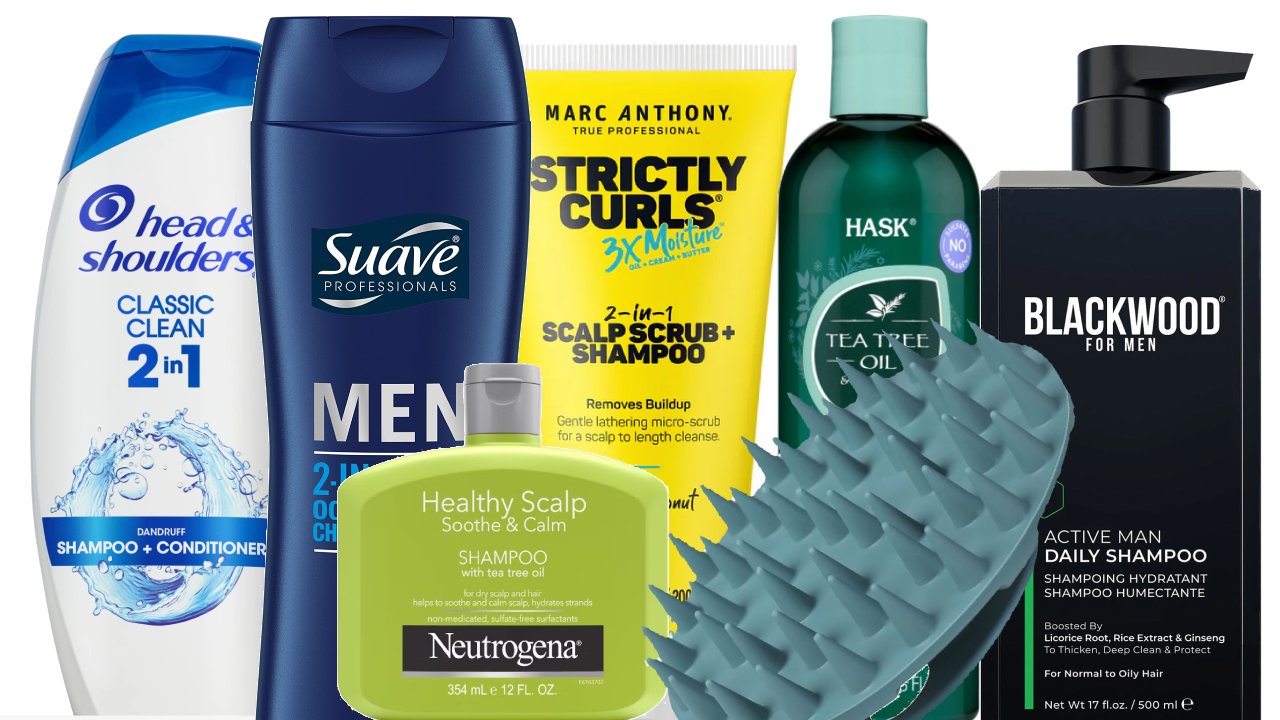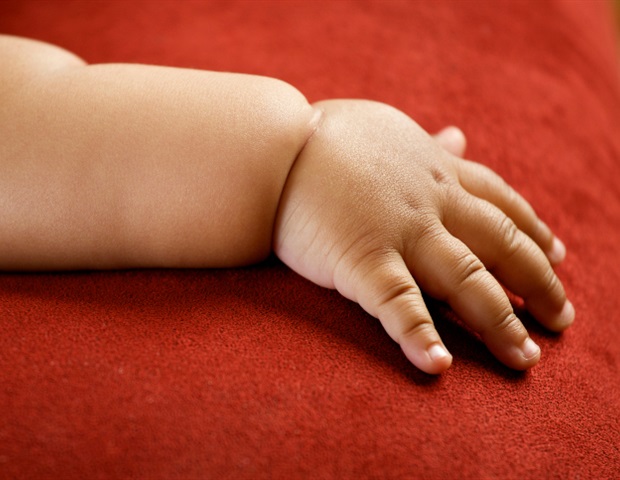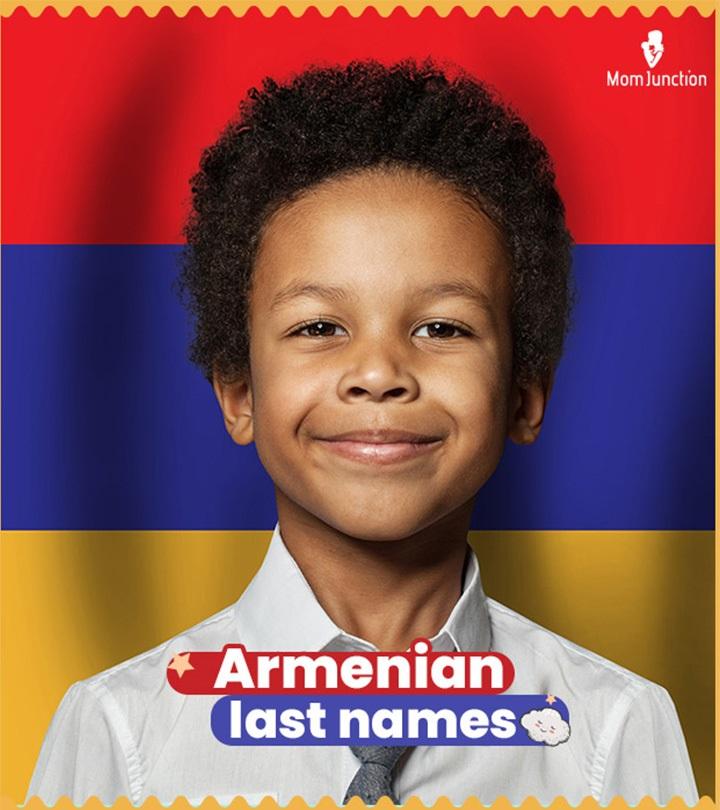
iStock
Cereals like Cheerios are an easy food to give to give to children. But how young is too young? If you think your baby is ready for solid foods and want to know when can babies eat Cheerios—here is what the experts have to say.
When can babies eat Cheerios?
Eating solid foods is an exciting milestone. But you might wonder what to start with and when to introduce certain foods like Cheerios and other cereals. According to Dr. Whitney Casares, babies start eating Cheerios at about eight months to nine months old. “This is well after they’ve started solid foods [such as purees and yogurt] and once they’re ready to move on to slightly firmer solids.”
There are several reasons why Cheerios are a smart choice to feed babies who are just beginning their journey with solid foods. “They are less of a choking risk than some other solid foods because they can soften easily from a baby’s saliva,” explains the doctor.
Chanel Kenner, RD, shares two factors for parents to consider before starting with Cheerios. “When babies are able to pick up the Cheerios and bring them to their mouth, this is a good indicator that they are likely ready for Cheerio introduction. They must also be able to sit upright independently.”
If your baby hasn’t mastered the pincer grasp fine motor skill and can’t quite pick up small things such as Cheerios or isn’t sitting upright yet, it is best to hold off on serving your baby cereal until they have met these milestones.

Can babies eat Cheerios without teeth?
Here’s some good news. Babies don’t need teeth to eat Cheerios. According to Dr. Casares, some babies don’t have even their first tooth erupt until they are well into their second year of life.
Luckily, there’s no reason to wait for that to happen before letting them try Cheerios or potentially other breakfast cereals for the first time. “It’s okay for babies who don’t have teeth to eat Cheerios because Cheerios can soften so easily from the saliva in a baby’s mouth (or from other liquids).”
On the other hand, if you are still concerned about feeding your baby Cheerios because you’re afraid of choking—that doesn’t mean you need to skip out on cereal altogether. There are plenty of other baby cereals in the aisle worth taking a look at. “If you are nervous you could always start with baby puffs because they dissolve a bit easier,” says Kenner. “But Cheerios are generally safe once a baby has developed their pincer grasp and can bring food to their mouth.”
Another reason to choose Cheerios, even if your baby doesn’t have teeth yet, is convenience. It’s easy to find Cheerios or similar cereals at most local supermarkets and online. You can also serve it to older kids and adults simultaneously, which means you only need to prepare one type of breakfast or snack for the whole family.
What cereal can a 9-month-old eat?
Dr. Casares tells me that 9-month-old babies can eat honey-free cereals that can melt easily in their mouths. “To begin, offer just one piece of cereal at a time so you can make sure your baby tolerates it well. Always supervise babies when you feed them, and make sure they’re seated upright when eating to avoid choking.”
While you might be tempted to serve something a little sweet, remember that honey can be toxic for babies under 12 months old. So skip out on the Honey Nut Cheerios for a little longer and go with the original Cheerios for now. They’ll be able to eat it soon enough. It’s also ideal to avoid cereals with extra added sugar and sodium.
Kenner says it’s best to serve your baby a variety of cereals. “Rice cereal, for example, has been a common first cereal recommendation for a long time for babies because it is easy to digest and has a low risk of causing an allergic reaction,” she explains.
“However, in recent years, there has been a shift towards early and frequent allergen introduction (as early as the first food intro). I’m personally not a huge rice cereal fan because it does not offer a lot of nutrition. I also like to introduce a variety of flavors early on, and it is pretty bland.”
One option that Kenner likes more than cereal is oatmeal. “This is a nutritious option that provides fiber and other essential nutrients.” She particularly likes Ready Set Food Oatmeal because it introduces some common allergens. This brand also offers a variety of flavors, including Pumpkin Cinamon, Banana Apple, and Peanut Butter Banana.
However, she advises introducing allergens with the guidance and support of your child’s pediatrician.
Lastly, the nutritionist suggests going with simple baby cereal because cereals made for babies are good sources of fiber, vitamins, and minerals.

What is the earliest you can give a baby cereal?
Kenner tells me babies can typically start eating cereal around four to six months of age but suggests consulting your pediatrician before starting cereal or any other solid food, such as finger foods.
She also notes The American Academy of Pediatrics recommends starting infant cereal fortified with iron and then introducing solid foods gradually. “Observe your baby for any signs of allergies or digestive issues.”
What’s the best way to introduce new cereals to a baby?
Kenner recommends starting small with a single-grain cereal. Gerber Rice Cereal is an example of this. Then, gradually introducing new cereals one at a time. This way, you can also learn what your baby enjoys the most.
Are there better cereals for babies than Cheerios?
There are so many safe and healthy cereals for babies available on the market. While Cheerios are a great option, remember it certainly isn’t the only choice on the shelf. “Look for cereals that are iron-fortified and honey-free,” says Dr. Casares.
What’s the best way to introduce your baby to cereals and other types of solid food?
Kenner recommends keeping new food introductions as low-stress and fun as possible. But don’t push too hard. “We want our kids to develop a healthy relationship to food as much as we want them to be healthy and get all the nutrients they need.”
Weekly Newsletter
Keep up with your baby’s development, get the latest parenting content and receive special offers from our partners

 PARENTING TIPS
PARENTING TIPS







 PREGNANCY
PREGNANCY








 BABY CARE
BABY CARE








 TODDLERS
TODDLERS








 TEENS
TEENS








 HEALTH CARE
HEALTH CARE







 ACTIVITIES & CRAFTS
ACTIVITIES & CRAFTS








 CONTACT
CONTACT ABOUT
ABOUT















